In the late 90s to early 2000s, in an idyllic village called Aldur in Karnataka’s Chikkamagaluru district, a young boy named Awais aspired to become an astronaut. During a time without the internet and smartphones, his father would provide him with encyclopaedias to explore space, galaxies and the universe.
Cut to 2015 in Rajasthan, and Awais’ love for space got wings at the BITS (Birla Institute of Technology and Science) Pilani campus.
“There wasn’t much to do outside the campus and I looked for ways to keep myself occupied after classes. In the first and second years, I was part of a student satellite team called Team Anant. We worked on satellites with ISRO scientists. This was my first brush with satellites and I loved it,” says Awais Ahmed, who is the co-founder and CEO of Pixxel today.
Fixing his eyes on space
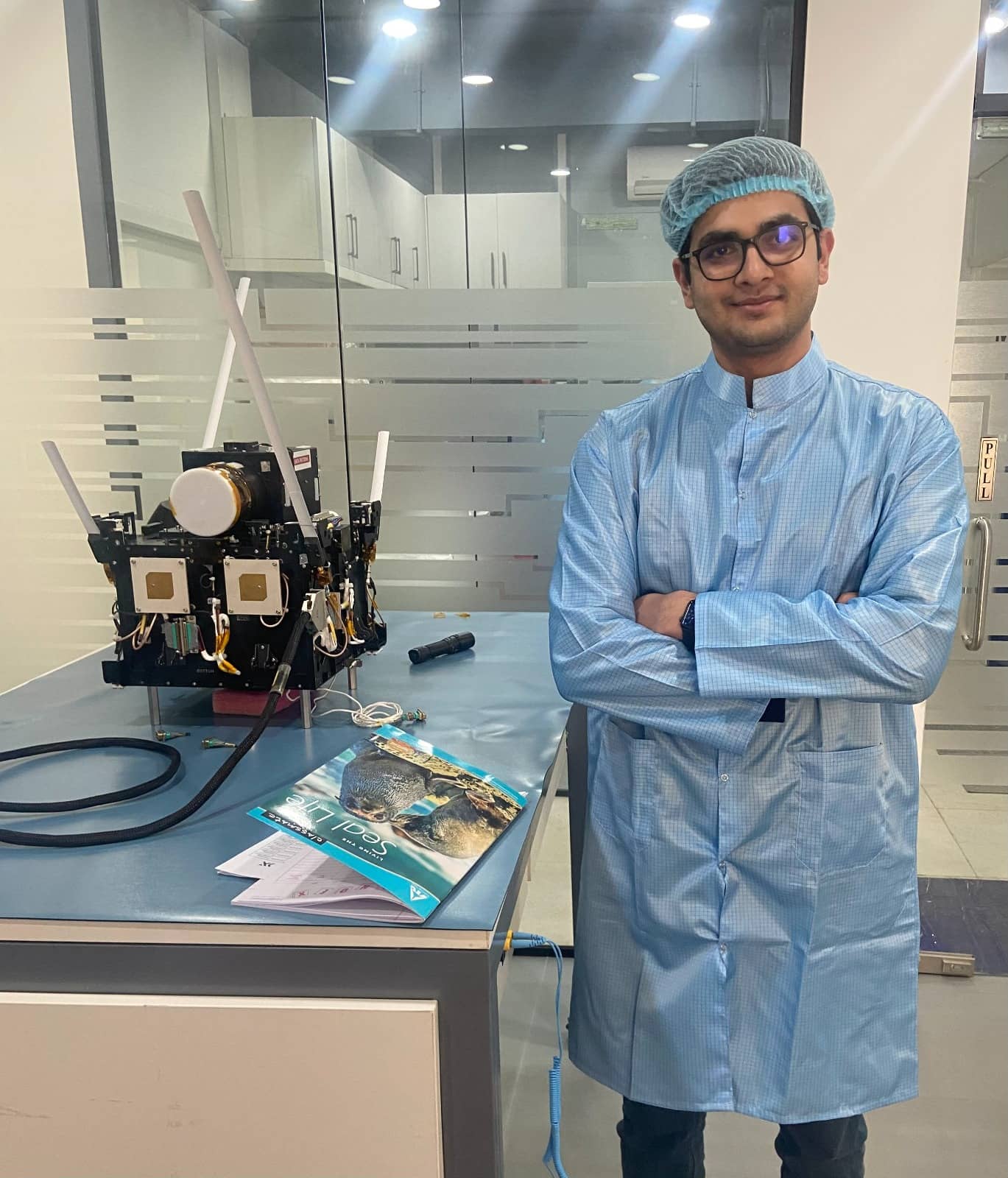
In his second year of college, inspired by Elon Musk, Awais founded Hyperloop India in 2016 along with a few others.
“Musk kept tweeting about hyperloops at that time which piqued my interest,” he says. The SpaceX CEO envisions the hyperloop as an “ultra-high-speed public transportation system” in which people would travel in “autonomous electric pods at 600+ miles per hour.”
SpaceX held a Hyperloop Pod competition from 2015–2019 in which student teams had to build a subscale prototype transport vehicle. And Hyperloop India participated in the competition in 2017. “We had to build a hyperloop pod that could travel in a one-mile-long vacuum tube at fast speeds. We were one of the 20 finalists from 2,500 global teams,” says Awais.
As a student, his first brush with entrepreneurship was manufacturing this hyperloop pod with limited resources. He says his team managed to manufacture it in three months and took it to the SpaceX factory in Los Angeles.
“When I saw the Falcon 9 rocket there, I was mesmerised. I realised that space was my calling and that I wanted to make a lifelong career in it. I wanted to explore how space can be used to contribute to the betterment of the planet,” adds the entrepreneur.
Back at Pilani, Awais dug deep into space technology and its different avenues.
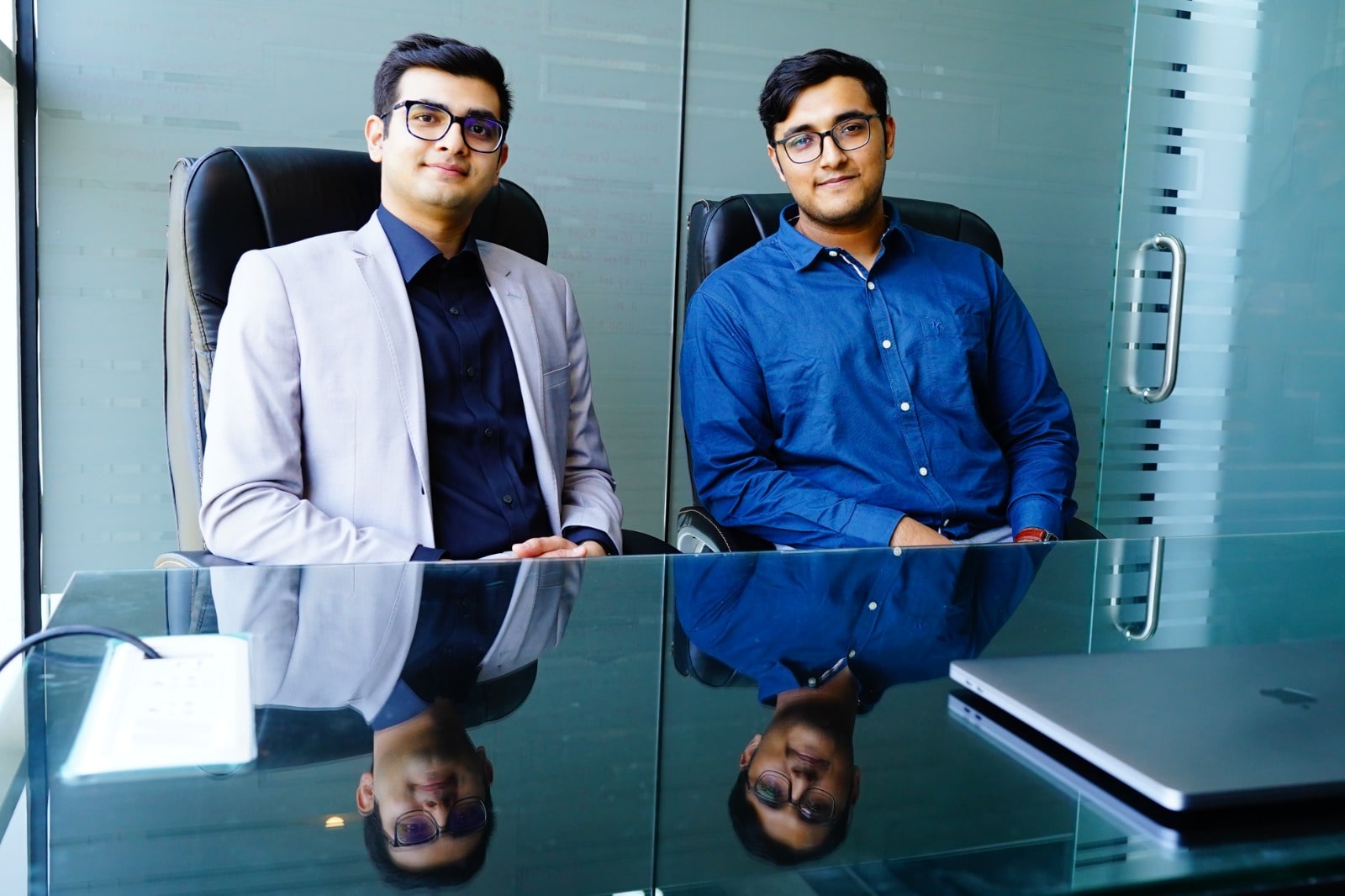
“Satellite imagery seemed like an interesting area. I found that the existing satellite data was good, but not good enough in many use cases. For instance, it can’t detect underground oil leaks, identify species and subspecies of crops and trees, or detect effluents and their composition in water bodies. I knew that it could be much better. That’s when I zeroed in on hyperspectral imaging satellites and launched Pixxel,” he says.
In February 2019, Awais co-founded Pixxel along with Kshitij Khandelwal and two other engineers.
Their goal is to create and launch a group of advanced imaging satellites called hyperspectral imaging satellites. These satellites would be capable of capturing images of every location on Earth every day. Additionally, Pixxel aims to develop a planet-wide health monitoring system.
Monitoring the Earth’s health
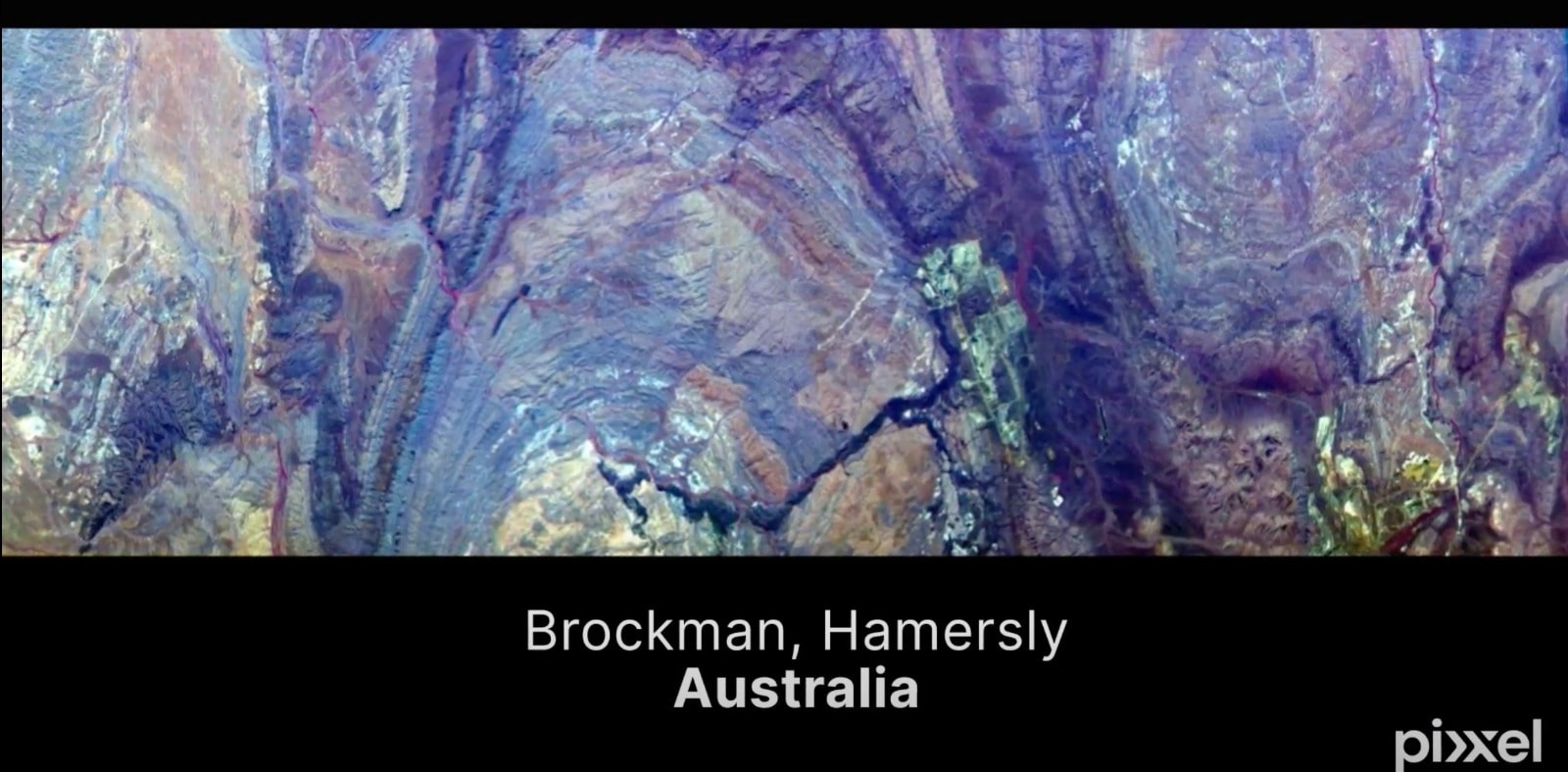
Hyperspectral imaging gives much more detailed information than normal cameras.
“When accidents cause internal bleeding, normal cameras cannot see what’s happening inside. So we use ultrasound and MRI imaging. Similarly, when there are gas leaks or crop diseases, normal satellites cannot see what’s wrong. This is where hyperspectral imaging satellites come in. They can capture images in over a hundred wavelengths,” explains Awais.
Combined with analytical tools, this data can be used to find out information about agriculture, mining, the environment, etc. “Similar to how sensors in a hospital monitor our vital signs like heart rate and blood pressure, satellites can observe various aspects of our environment. They can detect the amount of pollutants in the atmosphere, measure water pollution, identify gas leaks, and assess the health of our forests and soil,” adds the space enthusiast.
As Pixxel notes on their website, “Identifying these resources will be the precursor to building infrastructure in space that will shift heavy industry away from earth. Thereby giving us a realistic shot at reclaiming our planet from the irreversible effects of climate change.”
Pixxel monitors the ‘pulse of the planet’.
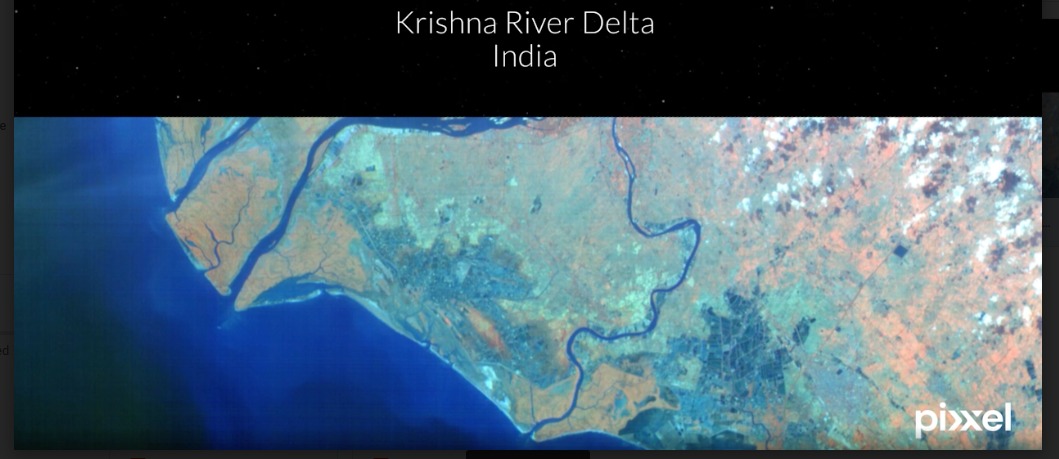
Awais adds that with the help of the information captured by the satellites, it can help companies make better decisions for their businesses.
“For example, when fertiliser companies buy our data, they can find out where nitrogen is lacking in the soil by using a nutrient map. Companies can also check the performance of their crops and identify areas where crop diseases are more prevalent,” he says.
Its clients are spread across various fields like agriculture, oil and gas, mining and environmental businesses. Australian cloud-based agritech company DataFarming is one of Pixxel’s 50 customers.
“We have been well serviced by multispectral data for over 20 years. In fact, we have 28,000 farms regularly accessing the DataFarming platform. However, when we want to dig deeper, there are two main issues — spatial resolution and spectral resolution. As farm sizes increase and we move into the age of automation, technology is going to need to fill the gap of determining crop issues earlier. And this is where hyperspectral data and parallel research come in,” says Tim Neale, Managing Director at DataFarming.
Pixxel has launched three satellites so far and is gearing up to launch six more early next year. In April 2022, it launched ‘Shakuntala’ on the SpaceX Falcon-9 rocket, becoming one of the first Indian companies to launch a commercial satellite.
In November 2022, Pixxel launched it’s third hyperspectral satellite ‘Anand’ on an ISRO PSLV-C54 rocket. Anand is a 15 kg satellite that will view our planet in detail and provide environmental data through more than 150 wavelengths.
Overcoming funding challenges
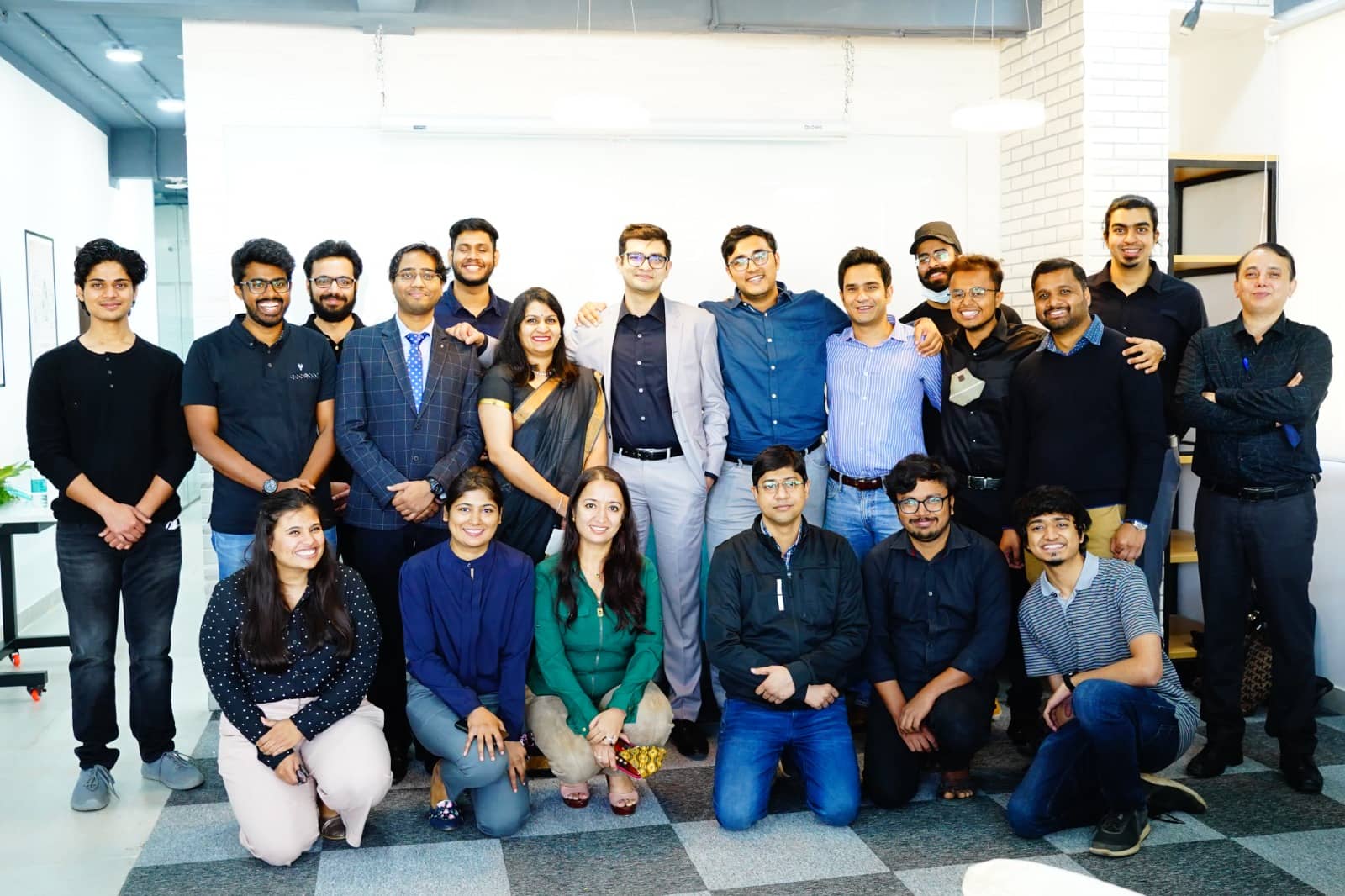
For a bunch of 20-year-olds, raising funds and building hardware was a major challenge. To secure their first funding, they reached out to the alumni of BITS Pilani. “We travelled to the San Francisco Bay Area to meet our seniors and convince them,” he adds.
With the onset of COVID in 2020, the launch of their first satellite was also delayed.
“We had to build completely new hardware and we required a lot of money to build and test it. COVID further slowed us down. We couldn’t work on our hardware at the pace we usually do. We also faced supply issues which delayed our launches. However, we kept ourselves motivated,” says the CEO.
Earlier this year, Pixxel raised $36 million from investors including Google. From four people in 2019, they’ve now grown to a big team of 147 employees.
Awais, a 25-year-old now, has realised a few dreams he saw as a child. He is working on cutting-edge space technology and has sent satellites into orbit. He says, “I still have many more dreams. I want to be able to travel and live on a colony in space.”
Edited by Pranita Bhat
No comments:
Post a Comment